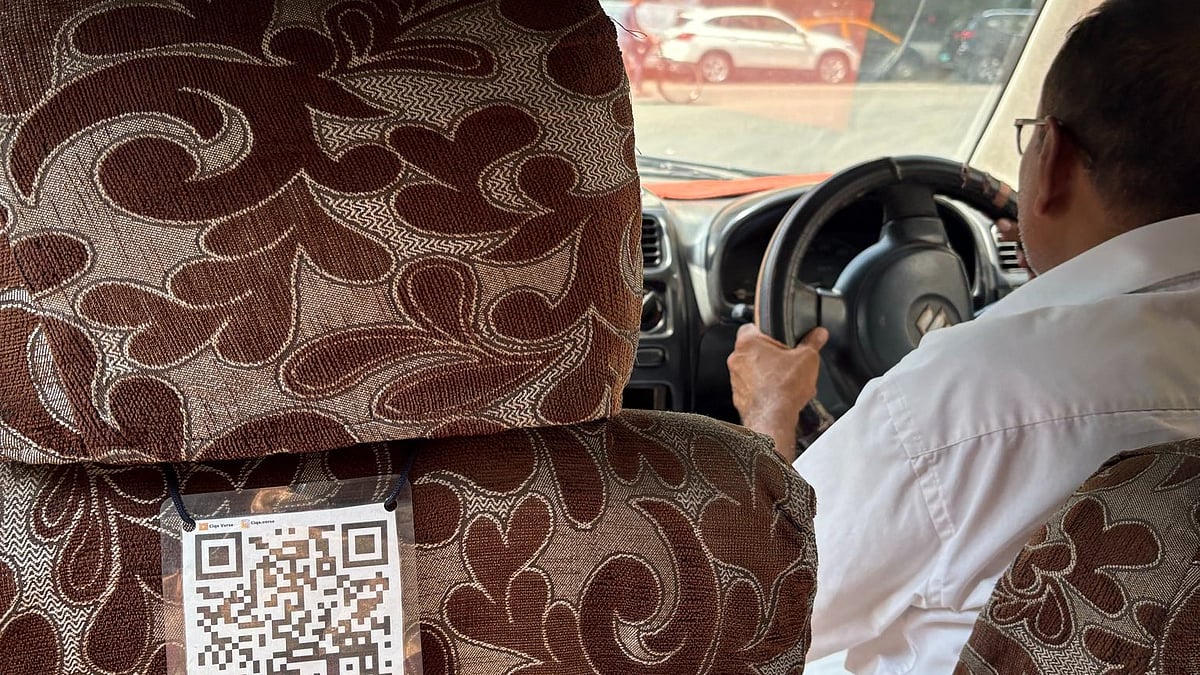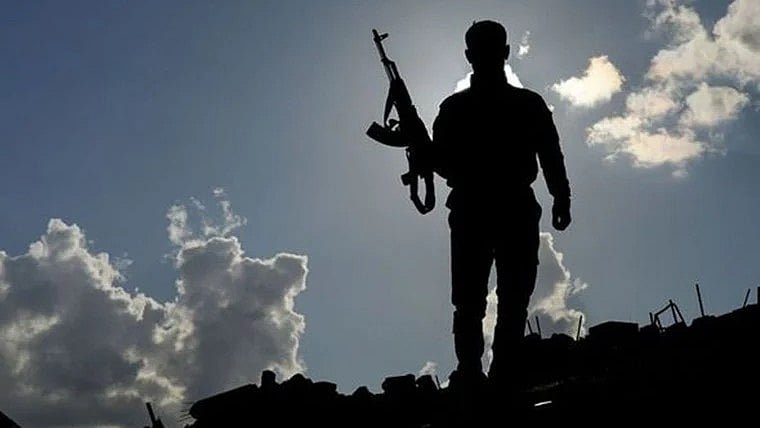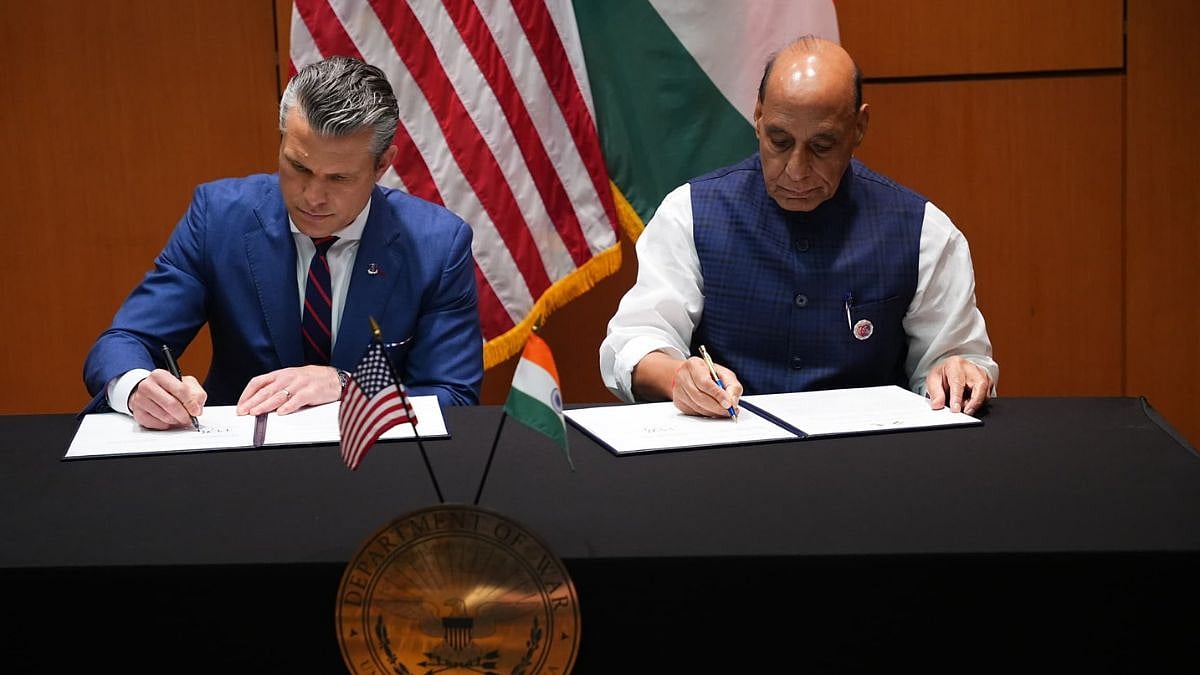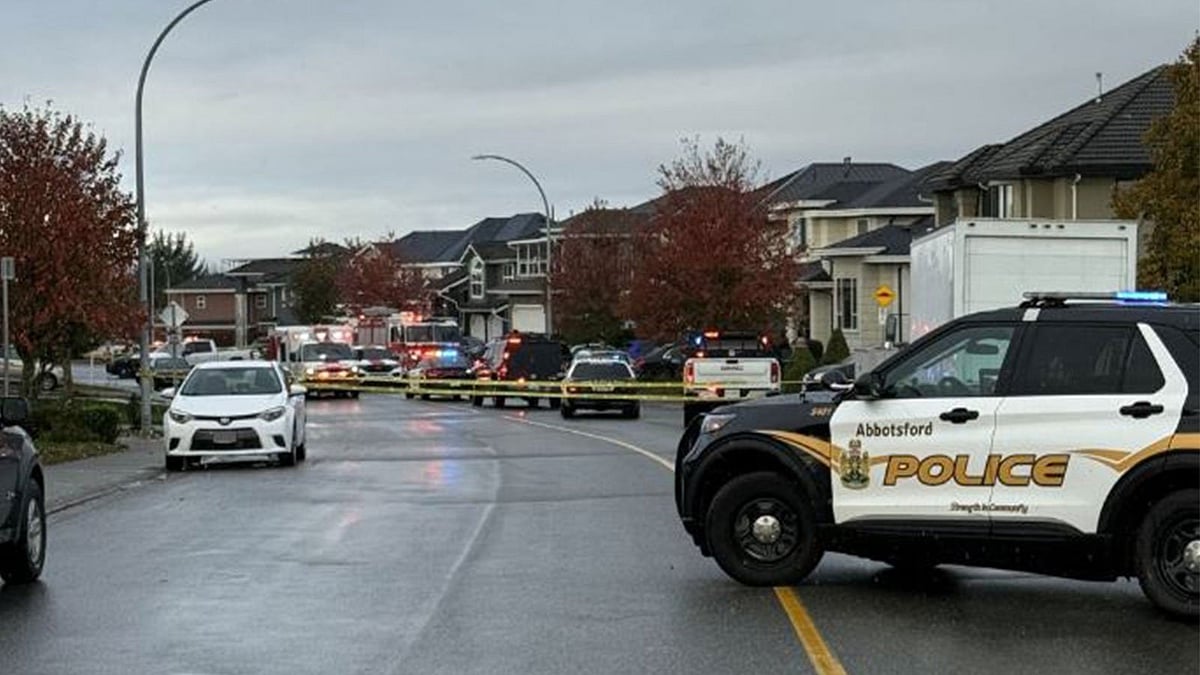The number of poor in India fell by about 415 million between 2005 to 2006 and 2019 to 2021, a ‘historic change’ and demonstration that the Sustainable Development Goal of reducing at least by half the proportion of men, women and children of all ages living in poverty by 2030 is achievable, the U.N. said.
The new Multidimensional Poverty Index (MPI) released on Monday by the United Nations Development Programme (UNDP) and the Oxford Poverty and Human Development Initiative (OPHI) at the University of Oxford said that in India 415 million people exited poverty between 2005 to 2006 and 2019 to 2021.
The U.N. in a press release said that “in India, some 415 million people left multidimensional poverty in a 15-year period – a historic change”.
The report said that based on the 2020 population data for India, it has by far the largest number of poor people worldwide (228.9 million), followed by Nigeria (96.7 million projected in 2020).

“Despite progress, India’s population remains vulnerable to the mounting effects of the Covid-19 pandemic and to rising food and energy prices,” it said.
“Despite tremendous gains, the task of ending poverty for the 228.9 million poor people in 2019 to 2021 is daunting, especially as the number has nearly certainly risen since the data were collected.” There were still 97 million poor children in India in 2019 to 2021, more than the total number of poor people, children and adults combined, in any other country covered by the global MPI.
Yet, “these multi-pronged policy approaches show that integrated interventions can improve the lives of millions of people”, the report said.
The poorest states and groups in India (children, lower castes and those living in rural areas) reduced poverty the fastest in absolute terms, although the data do not reflect post-pandemic changes, the report said. The report said across 111 countries, 1.2 billion people, or 19.1per cent, live in acute multi-dimensional poverty. Half of these people, 593 million, are children under the age of 18.
The analysis looks at the most common deprivation profiles across 111 developing countries. The most common profile, affecting 3.9 per cent of poor people, includes deprivation in four indicators: nutrition, cooking fuel, sanitation and housing.
More than 45.5 million people are deprived in only these four indicators. Of those, 34.4 million live in India, 2.1 million in Bangladesh and 1.9 million in Pakistan, it said. The report said the reduction in Multidimensional Poverty Index (MPI) value in India was swift across the two most recent periods. Of the nearly 415 million people who exited poverty in India in the 15 years prior to the pandemic, roughly 275 million did so between 2005 to 2006 and 2015 to 2016 and 140 million between 2015 to 2016 and 2019 to 2021. The country’s MPI value and incidence of poverty were both more than halved. “India’s progress shows that this goal is feasible, even at a large scale,” the report said. The report noted that the effects of the Covid-19 pandemic on poverty in India cannot be fully assessed because 71 per cent of the data from the 2019 to 2021 Demographic and Health Survey for the country were collected before the pandemic. The 2019 to 2021 data show that about 16.4 per cent of India’s population lives in poverty, with an average intensity of 42 per cent
About 4.2 per cent live in severe poverty.
About 18.7 per cent, roughly the same proportion as in 2015 to 2016, are vulnerable to poverty because their deprivation score ranges from 20 per cent to 33 per cent Two-thirds of these people live in a household in which at least one person is deprived of nutrition, a “worrying statistic”, it said.
The percentage of people who are poor is 21.2 per cent in rural areas compared with 5.5per cent in urban areas. Rural areas account for nearly 90 per cent of poor people: 205 million of the nearly 229 million poor people live in rural areas, making them a clear priority. In relative terms, the poorest states have not caught up. Of the 10 poorest states in 2015 to 2016, only one (West Bengal) was not among the 10 poorest in 2019 to 2021. The rest, Bihar, Jharkhand, Meghalaya, MP, UP, Assam, Odisha, Chhattisgarh and Rajasthan, remained among the poorest.










